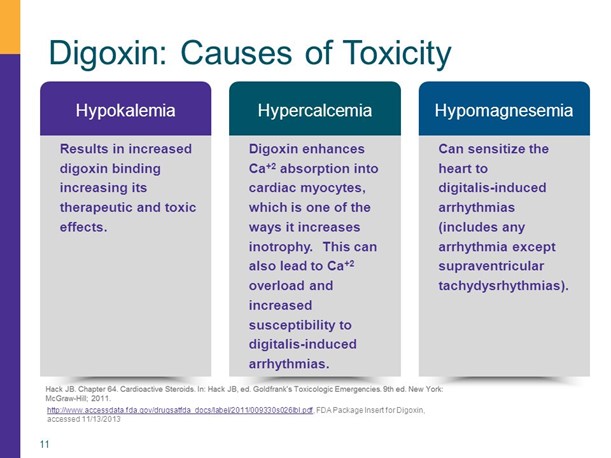A nurse is assessing a client's IV infusion site and notes that the site is cool and edematous. Which of the following actions should the nurse take?
Apply a warm, moist compress.
Slow the IV solution rate.
Initiate a new IV distal to the initial site.
Maintain the extremity below the level of the heart
The Correct Answer is A
A. Apply a warm, moist compress.
Explanation:
A cool and edematous IV infusion site could indicate infiltration of the IV site, which occurs when the IV fluid leaks into the surrounding tissue instead of entering the bloodstream. Applying a warm, moist compress to the site can help improve blood circulation and reduce the discomfort associated with infiltration. This action can also help reduce tissue damage.
B. Slow the IV solution rate: Slowing the IV solution rate might not be effective in resolving the infiltration. It's important to address the infiltration itself rather than just adjusting the rate of infusion.
C. Initiate a new IV distal to the initial site: While starting a new IV site might be necessary if the current site cannot be salvaged, it's not the initial action to take. Applying warm, moist compresses and assessing the severity of the infiltration are appropriate steps before considering a new IV site.
D. Maintain the extremity below the level of the heart: Elevating the extremity could help reduce swelling in some cases, but it's not the primary action to take when dealing with IV infiltration.
Remember, prompt assessment and appropriate interventions are essential to prevent complications associated with IV infiltration.
Nursing Test Bank
Naxlex Comprehensive Predictor Exams
Related Questions
Correct Answer is D
Explanation
A. Taking an HMG CoA reductase inhibitor (commonly known as statins) is not directly associated with digoxin toxicity. Statins are used to lower cholesterol levels.
B. Having a 10-year history of COPD (chronic obstructive pulmonary disease) is not directly linked to an increased risk of digoxin toxicity.
C. Having a prolapsed mitral valve is a valvular disorder and is not a primary factor that contributes to digoxin toxicity.
D. Taking a high-ceiling diuretic
The factor that predisposes the client to develop digoxin toxicity is taking a high-ceiling diuretic.
Digoxin toxicity can be influenced by several factors. One important factor is the levels of potassium in the blood. High-ceiling diuretics, also known as loop diuretics (e.g., furosemide), can lead to potassium loss through increased urinary excretion. Low levels of potassium (hypokalemia) can increase the risk of digoxin toxicity, as digoxin has a greater effect on the heart when potassium levels are low.

Correct Answer is A
Explanation
A. Osteoporosis. A nurse is consulting a formulary about a client's new prescription for raloxifene. The medication raloxifene is used to treat osteoporosis. It is a selective estrogen receptor modulator (SERM) that helps to prevent and treat bone loss in postmenopausal women. It works by mimicking the effects of estrogen on bone tissue, helping to prevent bone breakdown and maintain bone density.
B. Urinary tract infection: UTIs are typically treated with antibiotics.
C. Hypothyroidism: Hypothyroidism is treated with thyroid hormone replacement.
D. Deep-vein thrombosis: DVT is typically treated with anticoagulant medications like heparin and warfarin.
Whether you are a student looking to ace your exams or a practicing nurse seeking to enhance your expertise , our nursing education contents will empower you with the confidence and competence to make a difference in the lives of patients and become a respected leader in the healthcare field.
Visit Naxlex, invest in your future and unlock endless possibilities with our unparalleled nursing education contents today
Report Wrong Answer on the Current Question
Do you disagree with the answer? If yes, what is your expected answer? Explain.
Kindly be descriptive with the issue you are facing.
